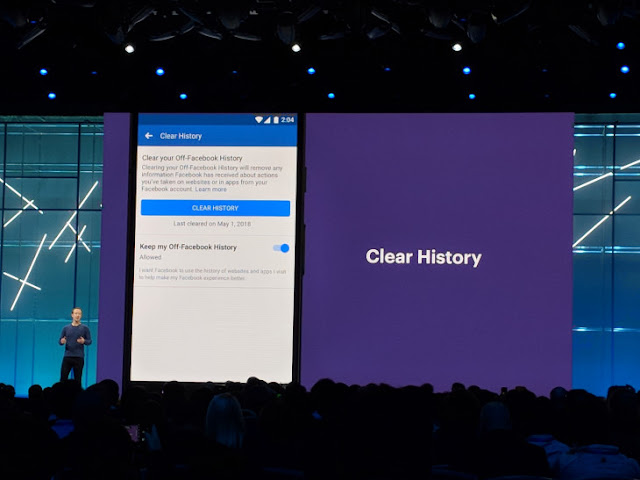(Tech Xplore)—Leap Motion has announced it is bringing its
technology to mobile platforms.
Nice to hear, as David Holz, co-founder and chief technology officer at Leap Motion, said it indicates
"an important shift towards mobile and ubiquitous wearable displays that
will eventually be as easy and casual to use as a pair of glasses."
Cherlynn Low in Engadgetreported
how Leap Motion has expanded its scope to mobile
devices. Simply called Mobile Platform, this is a combination of software and
hardware.
Low wrote about what Leap Motion has done: (1) built a reference
system of its new sensor and platform on top of a Gear VR, shipping to headset
makers. (2) bringing demos of its Interaction Engine (for natural hand
gestures) in this portable medium to major VR events coming up.
Fast Company described it: "a
combination of hardware and software meant to make it possible to track users' hands with untethered
devices."
The platform includes what TechSpot called "two miniature cameras in
a small strip that can be embedded into mobile head-mounted displays, to detect
finger motion."
The mobile platform is
to be showcased at upcoming events, said Engadget.
Low also said, "we're not expecting to see the new sensor show up in
actual devices until at least a few months from now." Holz blogged that "Starting this month, we'll be demoing this
system at major VR events with an enhanced version of our Interaction Engine
and flagship Blocks demo."
Holz said challenges to build a tracking platform in this space
were "immense."
Holz said they had to build "a whole new Leap Motion sensor
with higher performance and much lower power. We needed to make the most
sophisticated hand tracking software in the world run at nearly 10 times the
speed all while making it smoother and more accurate than ever before."
(TechRadar said
the software was made to run at nearly 10 times the speed in order to
compensate for the lower processing power on smartphones.)
Holz, meanwhile, said they built it with "the absolute
maximum field of view that a single sensor can support on a VR headset, which
is 180×180 degrees."
Kevin Lee in TechRadar said this 180 x 180 degree field
of view was "much wider than the original model's 140 x 120 field of view."
Julian Chokkattu in Digital
Trends described the tracking technology in some more detail: "The tracking technology is impressive—it's able to
accurately imitate intricate movements of the hand because it tracks every single
joint in the hand all the way down to the elbow. The demo allowed us to create
blocks with our hands, and it felt natural interacting with them. You can flick
them, throw them in the air, catch them, and do just about anything you'd
expect to with your hands in the physical world."







No comments:
Post a Comment